Cham dance performed in Tibet

On September 22, the second day of the eighth Tibetan calendar month, the traditional cham dance was performed at Tashilhunpo Monastery, Shigatse, southwest China’s Tibet. With a history of more than 200 years, the dance is called "cham" in Tibetan language, and is a kind of religious dance performed by monks to drive out evil spirits, prevent disasters, and to pray for peace, prosperity, and good weather.
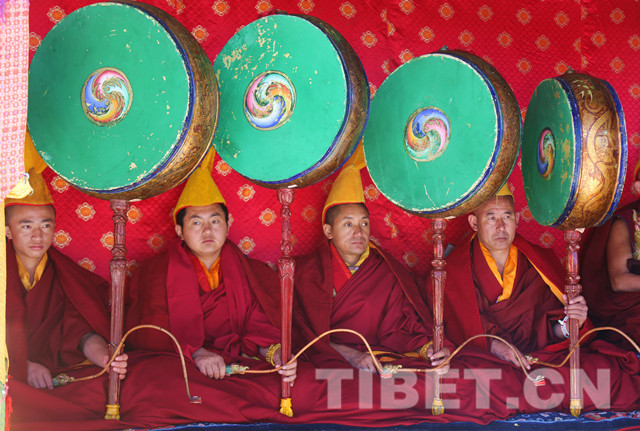
On September 22, the second day of the eighth Tibetan calendar month, the traditional cham dance was performed at Tashilhunpo Monastery, Shigatse, southwest China’s Tibet. With a history of more than 200 years, the dance is called "cham" in Tibetan language, and is a kind of religious dance performed by monks to drive out evil spirits, prevent disasters, and to pray for peace, prosperity, and good weather.

On September 22, the second day of the eighth Tibetan calendar month, the traditional cham dance was performed at Tashilhunpo Monastery, Shigatse, southwest China’s Tibet. With a history of more than 200 years, the dance is called "cham" in Tibetan language, and is a kind of religious dance performed by monks to drive out evil spirits, prevent disasters, and to pray for peace, prosperity, and good weather.
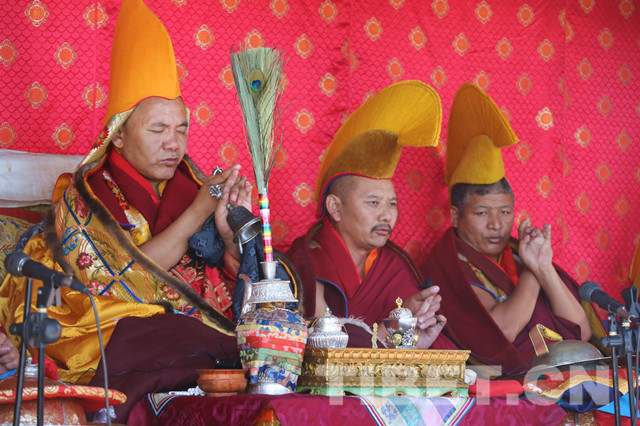
On September 22, the second day of the eighth Tibetan calendar month, the traditional cham dance was performed at Tashilhunpo Monastery, Shigatse, southwest China’s Tibet. With a history of more than 200 years, the dance is called "cham" in Tibetan language, and is a kind of religious dance performed by monks to drive out evil spirits, prevent disasters, and to pray for peace, prosperity, and good weather.

On September 22, the second day of the eighth Tibetan calendar month, the traditional cham dance was performed at Tashilhunpo Monastery, Shigatse, southwest China’s Tibet. With a history of more than 200 years, the dance is called "cham" in Tibetan language, and is a kind of religious dance performed by monks to drive out evil spirits, prevent disasters, and to pray for peace, prosperity, and good weather.
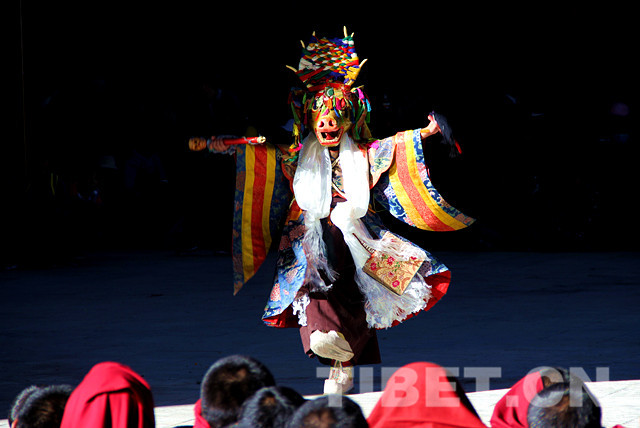
On September 22, the second day of the eighth Tibetan calendar month, the traditional cham dance was performed at Tashilhunpo Monastery, Shigatse, southwest China’s Tibet. With a history of more than 200 years, the dance is called "cham" in Tibetan language, and is a kind of religious dance performed by monks to drive out evil spirits, prevent disasters, and to pray for peace, prosperity, and good weather.
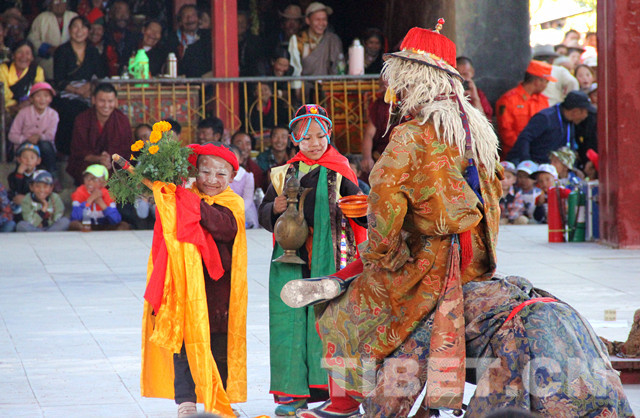
On September 22, the second day of the eighth Tibetan calendar month, the traditional cham dance was performed at Tashilhunpo Monastery, Shigatse, southwest China’s Tibet. With a history of more than 200 years, the dance is called "cham" in Tibetan language, and is a kind of religious dance performed by monks to drive out evil spirits, prevent disasters, and to pray for peace, prosperity, and good weather.

On September 22, the second day of the eighth Tibetan calendar month, the traditional cham dance was performed at Tashilhunpo Monastery, Shigatse, southwest China’s Tibet. With a history of more than 200 years, the dance is called "cham" in Tibetan language, and is a kind of religious dance performed by monks to drive out evil spirits, prevent disasters, and to pray for peace, prosperity, and good weather.
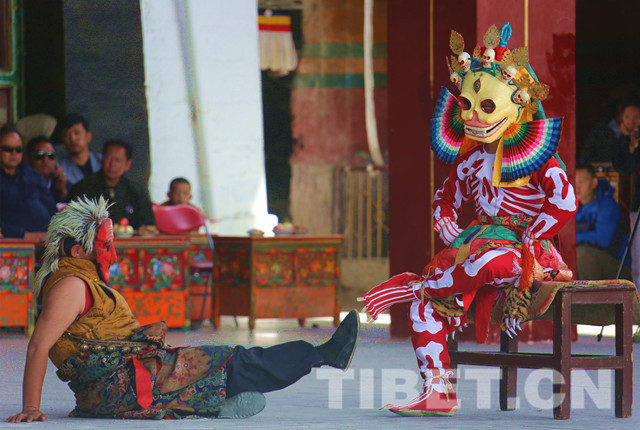
On September 22, the second day of the eighth Tibetan calendar month, the traditional cham dance was performed at Tashilhunpo Monastery, Shigatse, southwest China’s Tibet. With a history of more than 200 years, the dance is called "cham" in Tibetan language, and is a kind of religious dance performed by monks to drive out evil spirits, prevent disasters, and to pray for peace, prosperity, and good weather.
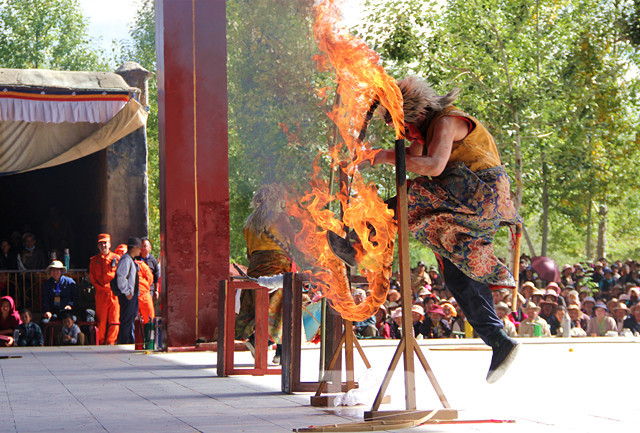
On September 22, the second day of the eighth Tibetan calendar month, the traditional cham dance was performed at Tashilhunpo Monastery, Shigatse, southwest China’s Tibet. With a history of more than 200 years, the dance is called "cham" in Tibetan language, and is a kind of religious dance performed by monks to drive out evil spirits, prevent disasters, and to pray for peace, prosperity, and good weather.

On September 22, the second day of the eighth Tibetan calendar month, the traditional cham dance was performed at Tashilhunpo Monastery, Shigatse, southwest China’s Tibet. With a history of more than 200 years, the dance is called "cham" in Tibetan language, and is a kind of religious dance performed by monks to drive out evil spirits, prevent disasters, and to pray for peace, prosperity, and good weather.

On September 22, the second day of the eighth Tibetan calendar month, the traditional cham dance was performed at Tashilhunpo Monastery, Shigatse, southwest China’s Tibet. With a history of more than 200 years, the dance is called "cham" in Tibetan language, and is a kind of religious dance performed by monks to drive out evil spirits, prevent disasters, and to pray for peace, prosperity, and good weather.

On September 22, the second day of the eighth Tibetan calendar month, the traditional cham dance was performed at Tashilhunpo Monastery, Shigatse, southwest China’s Tibet. With a history of more than 200 years, the dance is called "cham" in Tibetan language, and is a kind of religious dance performed by monks to drive out evil spirits, prevent disasters, and to pray for peace, prosperity, and good weather.

On September 22, the second day of the eighth Tibetan calendar month, the traditional cham dance was performed at Tashilhunpo Monastery, Shigatse, southwest China’s Tibet. With a history of more than 200 years, the dance is called "cham" in Tibetan language, and is a kind of religious dance performed by monks to drive out evil spirits, prevent disasters, and to pray for peace, prosperity, and good weather.
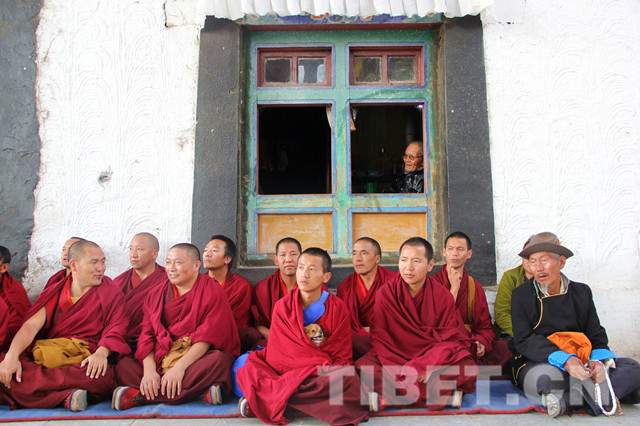
On September 22, the second day of the eighth Tibetan calendar month, the traditional cham dance was performed at Tashilhunpo Monastery, Shigatse, southwest China’s Tibet. With a history of more than 200 years, the dance is called "cham" in Tibetan language, and is a kind of religious dance performed by monks to drive out evil spirits, prevent disasters, and to pray for peace, prosperity, and good weather.

On September 22, the second day of the eighth Tibetan calendar month, the traditional cham dance was performed at Tashilhunpo Monastery, Shigatse, southwest China’s Tibet. With a history of more than 200 years, the dance is called "cham" in Tibetan language, and is a kind of religious dance performed by monks to drive out evil spirits, prevent disasters, and to pray for peace, prosperity, and good weather.

On September 22, the second day of the eighth Tibetan calendar month, the traditional cham dance was performed at Tashilhunpo Monastery, Shigatse, southwest China’s Tibet. With a history of more than 200 years, the dance is called "cham" in Tibetan language, and is a kind of religious dance performed by monks to drive out evil spirits, prevent disasters, and to pray for peace, prosperity, and good weather.
Your Comment
Name E-mailRelated News
-
;
-
-
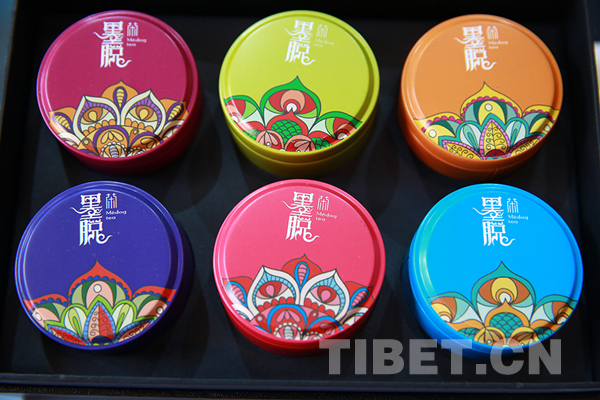
-
Creative products from Tibet attend expo in Beijing
Delegations including southwest China’s Tibet Autonomous Region will display their unique cultural products with ethnic characteristics to the public till Sept. 13.
-
-
-

-
Wild animals in China's Qilianshan National Nature Reserve
Images of several wild animals were captured by infrared cameras during a wildlife survey in the area.
-
Based in Lhasa, Tibet Vista is a Tibet travel agency that specialized in Tibet permit, and Tibet tours for both private and group travelers at a local price!
•4 Days Lhasa City Group Tour from USD 460 •8 Days Everest Base Camp Group Tour from USD 850 •15 Days Mt.Kailash Group Tour from USD 1780 •2016 Tibet Train Tours from Beijing, Shanghai, Chengdu, Xining,etc










